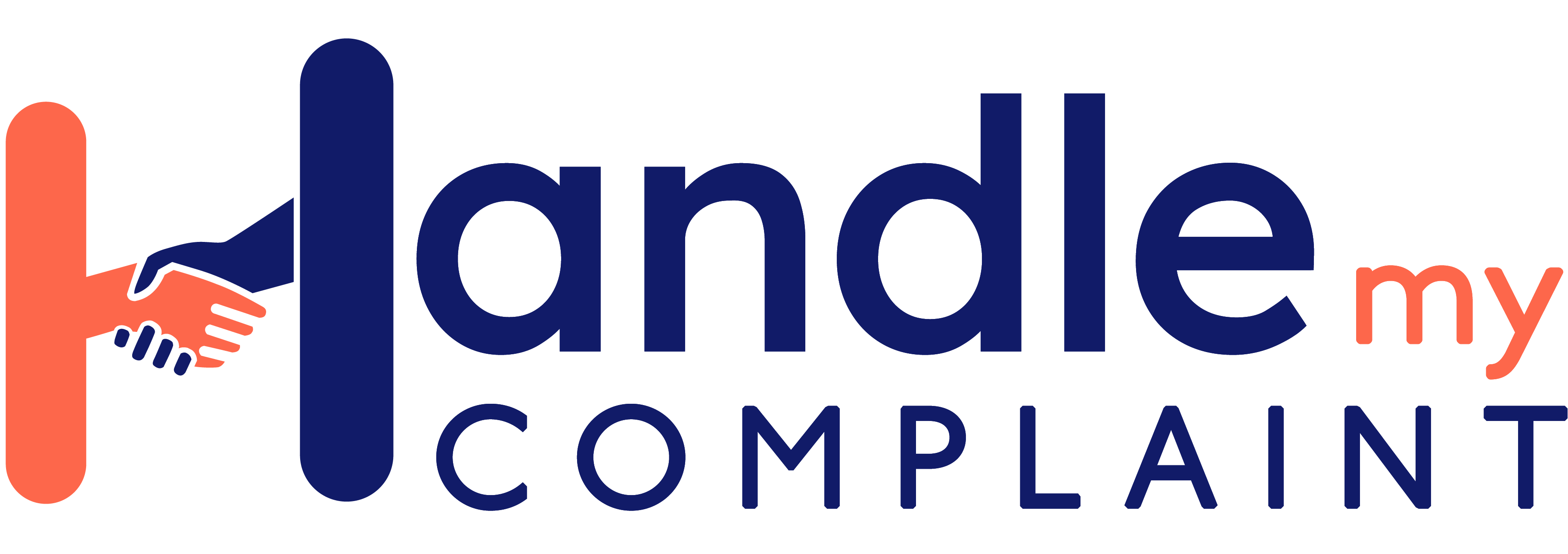
Dying to know: Is life insurance worth the premiums?
Last updated on May 29th, 2025
What is life insurance? It is basically a contract between you and an insurance company under which you pay a regular amount of money in return for a lump sum benefit.
This benefit is either paid to your nominated beneficiaries in the event of your death, or to you if you are permanently disabled or diagnosed with a terminal illness.
Most people get life insurance in Australia when they have young children or a significant expense, such as a mortgage. It is a way of protecting your family and ensuring they are looked after financially if you can’t be there for them.

What are the types of life insurance?
Here’s a quick overview of the main types of life insurance and how they can support you:
-
- Life cover - pays a lump sum benefit if you die
- Total and permanent disability (TPD) cover - pays a lump sum benefit if you become totally or permanently disabled and are unable to work again
- Trauma cover - pays a lump sum benefit if you are diagnosed with a specified trauma condition, such as cancer, or you have a heart attack
- Income protection cover - pays a benefit if you are unable to work due to sickness or injury
How does life insurance work?
When you take out life insurance, you need to decide how much coverage you want and for how long. These decisions will determine your premium – the amount you pay each month or year.
Most Australians with superannuation already have some life insurance cover through their provider. However, the laws around superannuation and life insurance changed a few years ago so it is important to check your level of coverage. Depending on your circumstances, you may be able to adjust the amount up or down.

If you decide you need separate life insurance, there are many different providers to choose from, including TAL, AIA and Allianz.
Be prepared to share personal details about your lifestyle (e.g. whether you’re a smoker) and health (including any hereditary conditions). Insurers may require evidence from your GP or a specialist to assess the risk before granting you a policy.
You will also need to nominate your beneficiaries – such as your partner, children or friend – who will receive the payout if you pass away. It is important that you let them, or your financial adviser, know about the policy. The last thing any loved one wants to be worried about when they are mourning is money.
Paying for life insurance
You can purchase life insurance through an agent or broker, an insurance company or insurance aggregators. Each option has its pros and cons, so compare them before deciding.
Payment options
The most common way to pay for life insurance in Australia is through your superannuation. This method is convenient because premiums are automatically deducted from your super balance, and the rates are often lower than if you were to take out a separate policy.
If you opt for a standalone policy, see if you can pay monthly via direct debit as that will help ease the financial impost. Other products such as home loans also offer life insurance, but the cover can be limited, so always compare them.
Is the payment for life?
The length of time you pay for life insurance in Australia depends on the policy. For example, if you have a term life insurance policy, then you will pay premiums for a fixed period, say 20 or 30 years, or until you reach a certain age. At the end of that period, your policy will expire and you will no longer be covered.
Some insurers such as Real Insurance can extend your cover if you outlive your policy. They may also give you back a small percentage of the premiums you paid.
What are the pitfalls of life insurance?
-
- Cost – Your personal circumstances can make premiums more expensive. For example, if you have an underlying health condition or there is a history of cancer or other serious diseases in your family.
- Age - Just like health insurance, life insurance premiums generally increase as you age, making it an increasingly costly exercise. A life insurance calculator can help you work out how much cover you will need for your age and circumstances, as well as how much your policy could cost you.
- Exclusions - There are life insurance exclusions that you need to be aware of before taking out a policy. For example, most policies will not pay out if you die by suicide or if anything happens to you within the first 12 months of the policy.
Making a life insurance claim
- Cost – Your personal circumstances can make premiums more expensive. For example, if you have an underlying health condition or there is a history of cancer or other serious diseases in your family.
- Age - Just like health insurance, life insurance premiums generally increase as you age, making it an increasingly costly exercise. A life insurance calculator can help you work out how much cover you will need for your age and circumstances, as well as how much your policy could cost you.
- Exclusions - There are life insurance exclusions that you need to be aware of before taking out a policy. For example, most policies will not pay out if you die by suicide or if anything happens to you within the first 12 months of the policy.
The process for making a life insurance claim can vary depending on the insurer. Typically, your beneficiary will need to provide proof of death (such as a death certificate) and complete a claim form. For claims related to permanent disability, you will need to provide medical certificates.
Once the insurer has received all the required documentation, they will assess the claim and decide whether to approve it. If the claim is successful, the payout will be paid to you or your beneficiaries.
If the claim is denied, ask for a detailed explanation of the reasons behind the decision. If you disagree, you can lodge a complaint with the Australian Financial Complaints Authority (AFCA).

Regulatory authorities have also cracked down on lengthy delays in processing claims, as well as insurers for taking premiums without providing benefits.
-
- The Australian Securities and Investments Commission (ASIC) urged life insurers to review the accuracy of their systems and controls for processing claims following reports of the miscalculation of benefits.
- In May 2023, the Federal Court handed MLC Life Insurance a $10 million penalty for failing to pay promised benefits to policyholders.
- In November 2024, ASIC sued Cbus for systemic claims handling issues, alleging the insurer had “failed to act efficiently, honestly and fairly in the handling of claims for death benefits and TPD insurance”.
If you are experiencing unfair delays with a life insurance policy or have had a policy denied, get in touch with us and we’ll help you handle it.






